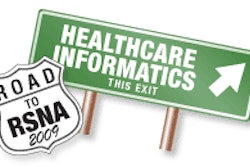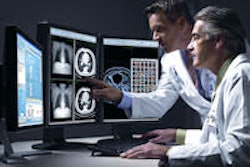Tuesday, December 1 | 3:50 p.m.-4:00 p.m. | SSJ12-06 | Room S402AB
The American College of Radiology (ACR) will use results from a pilot CT dose index registry to make the case for a national database to track radiation dose.Despite widespread growth in CT, it's been difficult to obtain measures of dose estimates for determining the relative amount of exposure across facilities as a function of patient characteristics, said co-author Laura Coombs, Ph.D., director of data registries at the Reston, VA-based ACR.
The ACR's pilot dose index registry project collected and compared dose indices across six facilities in the U.S. Each of the sites used a Somatom Sensation 64 or Somatom Definition CT scanner (Siemens Healthcare, Malvern, PA). Custom software was utilized to create a single image for the exam, with the dose information embedded in the DICOM header.
The image was networked to a dedicated PC, and dose index information was extracted and sent to an ACR database. The database received 3,012 exams over a one-month period.
The researchers found significant differences in CTDIvol (average dose volume delivered to the scan volume for a specific examination) for abdomen and head CT by facility and age. There also were significant differences in CTDIvol in thorax CT studies by facility, age, and gender.
"This study demonstrates the urgent need of a national database using standard methods of data collection," Coombs told AuntMinnie.com. "The ability to track trends in dose indices is important for radiation safety."




















